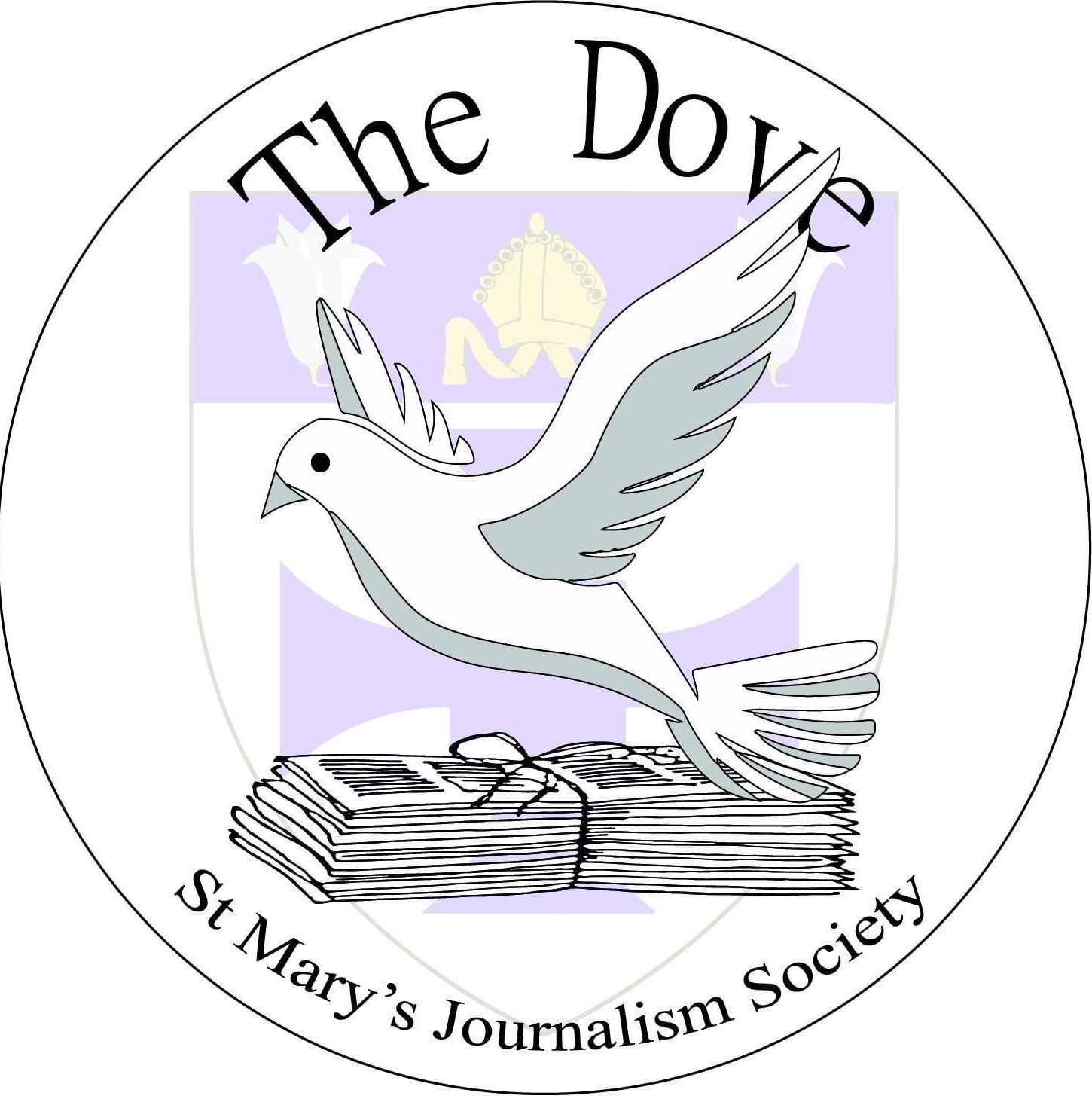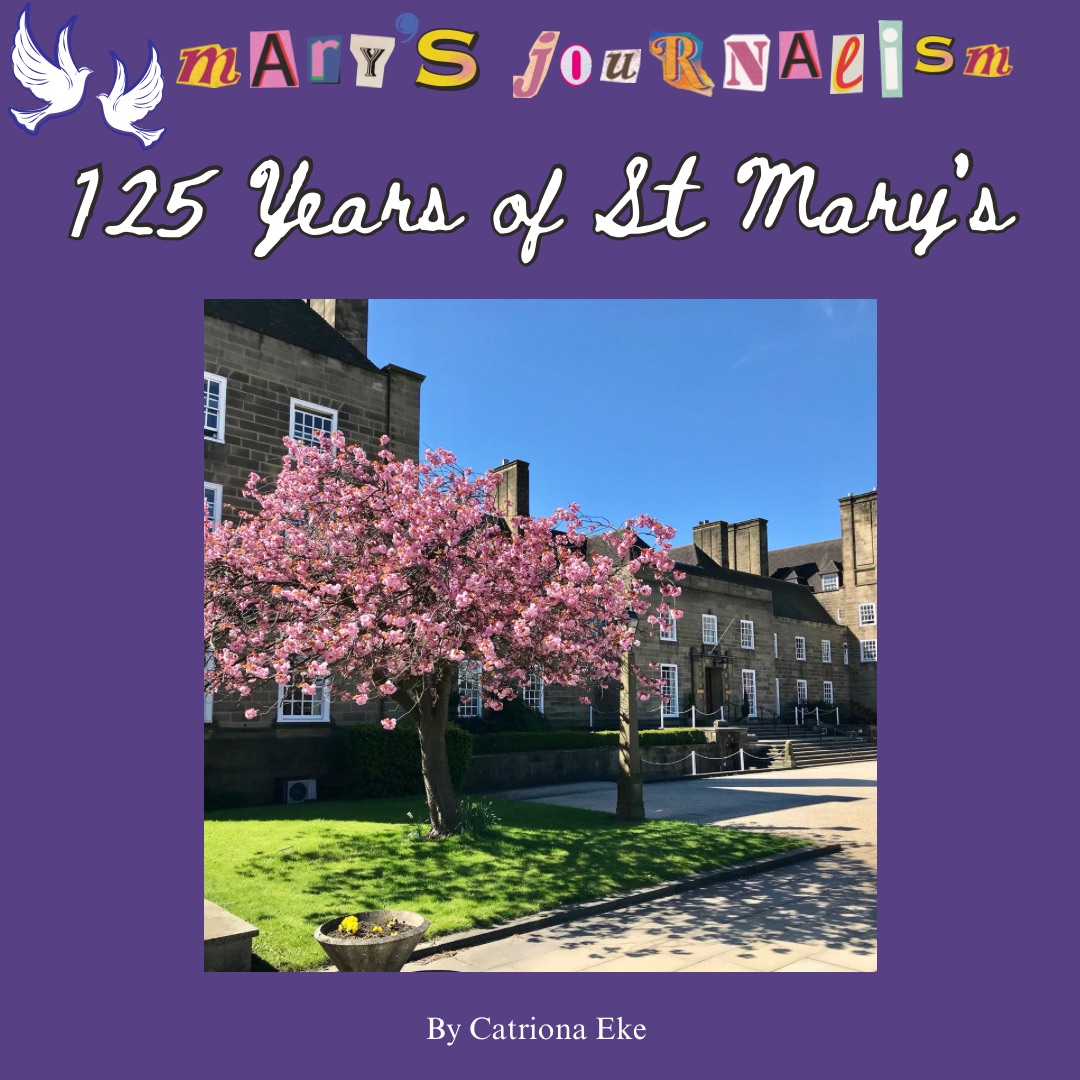St Mary’s College celebrates its 125th birthday on April 22nd, celebrating the 125 years since the college was first established as the Women’s Hostel in 1899. As one of Durham’s oldest colleges and the first to accept women into higher education across the University, it is important to remember our history and the women who made this college and its welcoming community possible.
St Mary’s was first founded following the grant of a supplemental charter in 1895 that allowed women to receive degrees of Durham University. The first female undergraduate students appeared in Durham the following year, and the year after saw the establishment of scholarships dedicated to women.
At this point, however, there was no dedicated University building to accommodate these women. Discussions regarding the provision of a hostel for these female students were undertaken and approval was given for a new building on the current site of St Mary’s.
When St Mary’s was first founded as the Women’s Hostel on 22nd April, 1899, with its location at 33 Claypath. Laura Robers was the first Principal, appointed in May 1899, before the first six students were admitted in the autumn. Her successor was Elizabeth Robinson, appointed in 1900, who played a key role in the Hostel’s move to Abbey House in 1901, then in the addition of Abbey Cottage in 1903.
In 1913, the University began to accept women to Matriculation, allowing them to be full members of the University. In addition to this, the First World War made women of the Hostel an increasingly important part of the University due to men being away at war. However, the Hostel became increasingly cramped during this time, and expansion of the building was not possible, so in 1919 the Hostel was moved to a much larger building behind Durham Cathedral, now occupied by the Chorister School.
It was this same year that, after twenty-one years as a Hostel, it was given the status of ‘College’ and dedicated to Saint Mary – thus, St Mary’s College was born. However, the need for expanded accommodation remained. In 1934 the University Council established a committee to investigate this issue, and by 1935 Vincent Harris, an English architect, had prepared a design for a new college building for St Mary’s.
During the Second World War, women of the College continued to partake in the University and wider community life: they volunteered to help with fire watch duties at the cathedral, organised youth clubs and factory clubs, helped in the Citizens’ Advice Bureau, and organised children’s play centres.
By the end of the war, members of the college had increased to eighty students, and in 1948 there were 400 applicants for just twenty-seven spaces in the College building. It was just to these increased numbers that approval for a new College building was granted.
Work on Fergusson Building began in 1947. Princess Elizabeth (later Queen Elizabeth II) visited in October 1946 to lay the foundation stone. The new building was sized for one-hundred students, with the first block being ready in Michaelmas Term in 1951. This made St Mary’s College the first of Durham University’s “hill colleges”, and the only one of such to have been founded in the nineteenth century.
Notable rooms within Fergusson were also named after Principals of the college: Holdsworth Room named after Mary Holdsworth (seventh Principal of the College), and Kenworthy Hall named after Joan Kenworthy (ninth Principal of the College).
Williamson Building was later built in the early 1960s, named after Dame Elsie Marjorie Williamson, the sixth Principal of the College who remained in the position from 1955 until 1962.
It was not until the 1970s that it was originally mooted that St Mary’s College should become a mixed College. This was followed by decades of debates. The Middle Common Room went mixed in the early 1990s and by 2000 had elected its first male President, John Newton. From 1999, the student body held annual polls over the issue, and while results tended to be close, they were generally in favour of retaining single-sex status.
In 2005, St Mary’s became the last of the Durham Colleges to become entirely mixed. During the decision-making process, the student body was split: some protested, marching on the University Offices at Old Shire Hall. Nevertheless, in that year, both female and male undergraduate students were welcomed into the College, ending over a hundred years of tradition.
Despite no longer being an all-women’s College, women in St Mary’s continue to be influential in College and University life across sports, arts and academics, and the college retains the reputation as being one of Durham’s friendliest colleges.
By Catriona Eke


Leave a comment